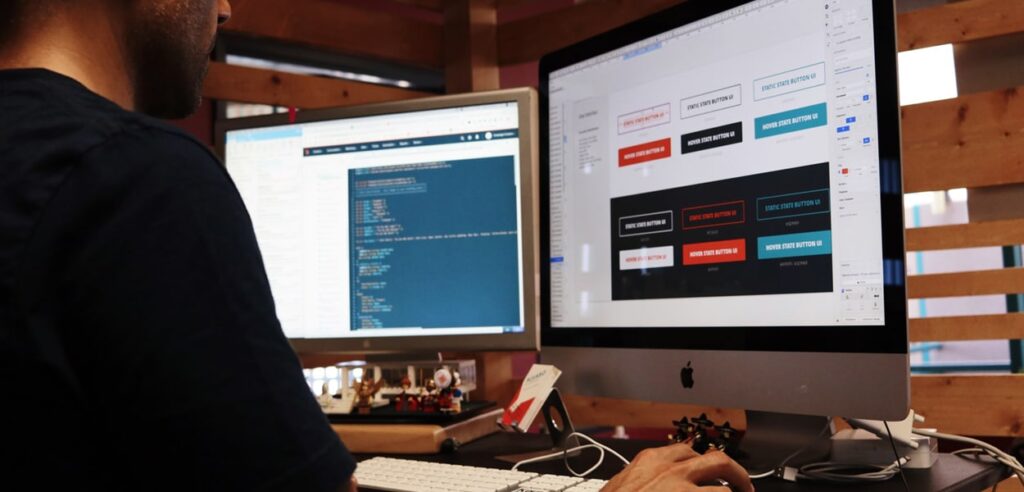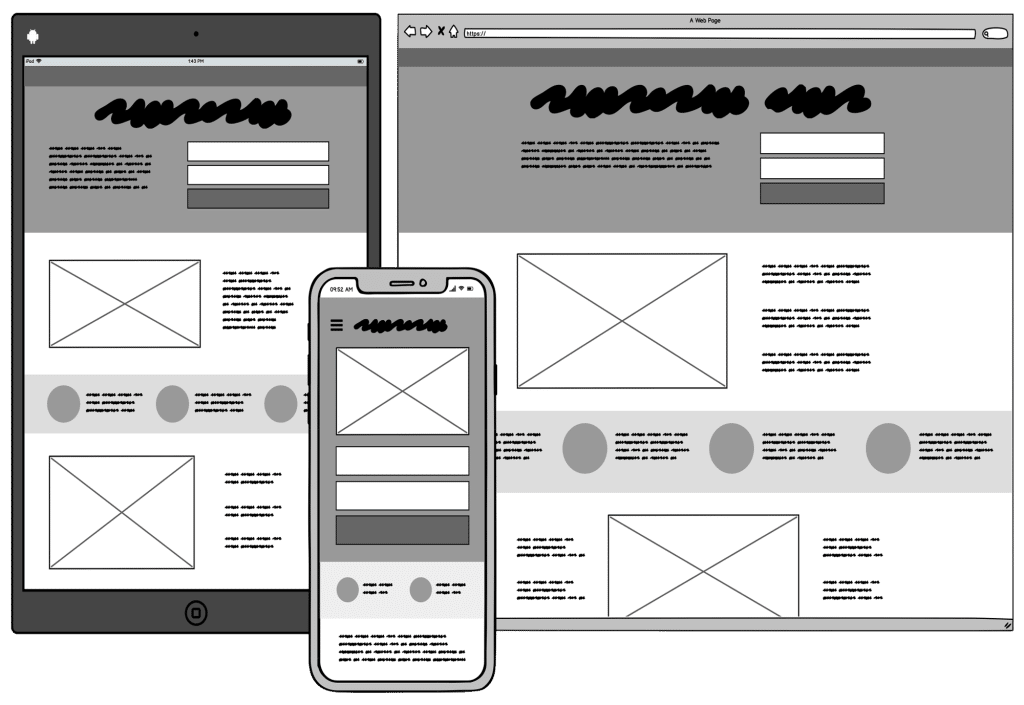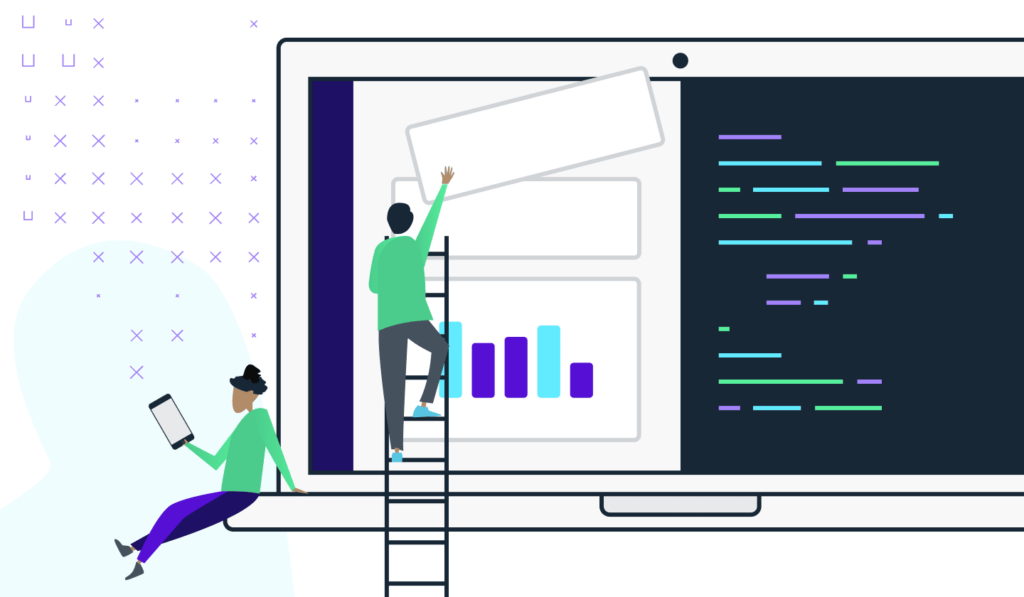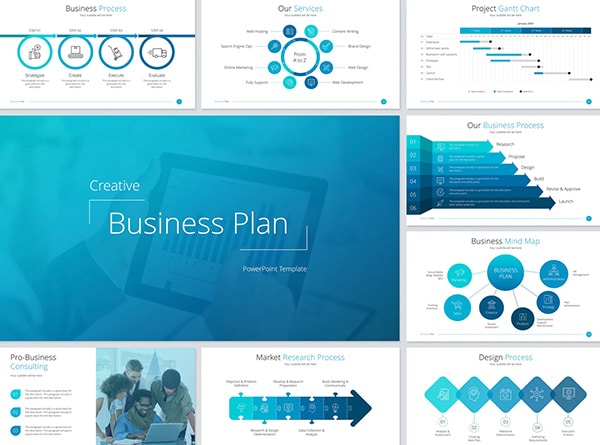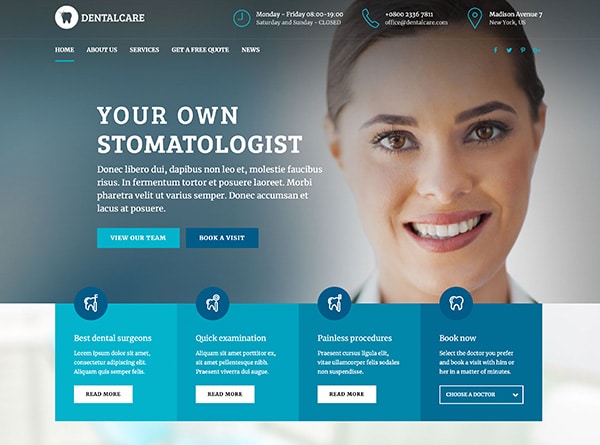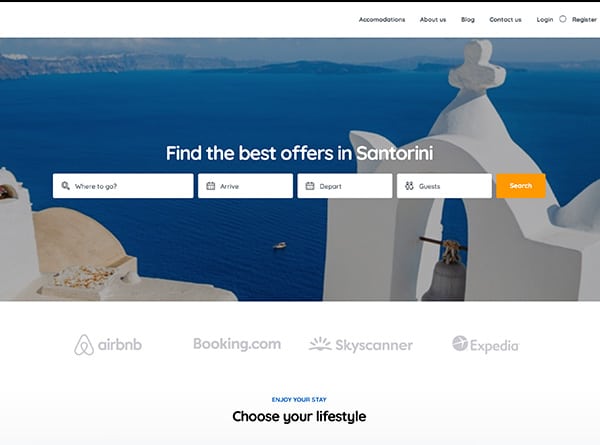
Welcome to the exciting world of web design! Have you ever wondered how a website comes to life? How does it go from an idea in someone’s head to a fully functioning online presence? In this blog post, our Orange County web design team will be diving into the fascinating realm of web design and exploring everything you need to know about how it works. From wireframes and prototypes to coding languages and user experience, get ready for a crash course on all thing’s web design. So, buckle up and let’s dive in!
1. Planning
Planning is the first stage of any web design project and it’s important to get it right. The planning stage should involve a discussion with the client about their goals for the website, as well as any specific requirements they may have. Once the goals and requirements have been established, the next step is to create a sitemap.
The sitemap is a blueprint of the website and should outline all the main pages and content areas. This will help to determine the structure of the website and how all the content will be laid out. Once the sitemap has been approved, it’s time to start designing the individual pages.
2. Design
Web design is all about creating a website that looks and works great. But how do you actually go about designing a website? In this article, we’ll take a look at the process of web design, from start to finish.
First, you need to come up with an idea for your website. What are you looking to achieve with your website? What kind of content will it have? Once you have a good idea of what you want your website to be, it’s time to start planning out the design.
You’ll need to create a mock-up of your website before you can start coding it. It is basically a rough outline of what your website will look like. It’s important to get it right before moving on to coding, as it will make the coding process much easier.
Once you have you mock-up ready, it’s time to start coding the website. This is where things can get a bit technical, but don’t worry – there are plenty of resources available to help you out. Once your website is coded, you can test it out and make sure everything is working correctly.
And that’s it! That’s the process of web design, from start to finish. By following these steps, you can create a great looking website that works well and achieves all of your goals.
3. Development
When it comes to creating a website, the design is only half the battle. The other half is developing the site itself, which can be a daunting task if you’re not a web developer. But don’t worry, we’re here to help. In this section, we’ll give you an overview of the development process and some tips on how to get started.
First, you need to choose a development platform. There are many different options out there, but we recommend WordPress. It’s user-friendly and relatively easy to learn. Plus, there are tons of resources available if you need help.
Once you have your platform set up, it’s time to start building your site. Begin by creating a basic structure with pages for your home page, About Us page, contact page, etc. Then you can start adding content to each page. If you’re not sure what to write, try using our content templates.
As you add content, be sure to keep SEO in mind. This stands for “Search Engine Optimization” and it refers to the practice of optimizing your site for Google search. There are a few simple things you can do to improve Optimization score, such as using keyword-rich titles and descriptions.
Once your site is complete, it’s time to launch! Make sure all your links
4. Testing
Testing is an important part of the web design process. It allows you to find and fix problems with your site before it goes live.
There are a few different types of testing that our web design Orange County team believes you can do:
1. User testing. This is where you ask real people to use your site and give you feedback. You can do this by conducting user tests or by using analytics to see how people actually use your site.
2. Functional testing. This is where you test the functionality of your site to make sure everything works as it should. This includes things like testing forms, buttons, links, and other interactive elements.
3. Performance testing. This is where you test how well your site performs under different conditions. This includes things like load times, speed, and scalability.
4. Compatibility testing. This is where you test to make sure your site works in different browsers and on different devices. This includes things like checking for cross-browser compatibility and making sure your site looks good on mobile devices
5. Launch
Assuming you have a finished website, the last step is to launch it. This usually involves transferring the site from your computer to a web server. In order to do this, you’ll need to choose a web hosting service and set up an account.
There are many different types of web hosting services out there, so it’s important to do your research and find one that’s right for you. Once you’ve found a good web host, setting up an account is usually pretty simple. You’ll just need to provide them with some basic information about your site and pay for the hosting service.
Once your account is all set up, you can then transfer your website files over to the web server. This is usually done via FTP (File Transfer Protocol). There are many different FTP clients out there, but we recommend using Filezilla as it’s free and easy to use.
Once your website is on the web server and accessible to the world, congratulations! You’ve now launched your website!
6. Maintenance
Assuming you’re talking about website design, there are a few key things you need to do in order to keep your website looking its best. First, regular updates are key.
Whether it’s adding new content, photos, or videos, or simply keeping your site’s existing content fresh, updating your site on a regular basis helps to keep people coming back.
Second, pay attention to your site’s overall design and make sure everything is still working well together. As time goes on, you may want to make changes to individual elements of your design – just be sure that these changes don’t end up throwing off the whole look and feel of your site.
Finally, keep an eye on your web traffic and analytics to see how people are using your site. This information can help you determine what’s working well and what might need some improvement.
By paying attention to these things, you can help ensure that your website remains an effective tool for promoting your business or organization.
In conclusion, web design is a complex process that involves planning, design, development, testing, launch, and maintenance. By following these steps, web designers can create beautiful and functional websites that meet the needs of their clients and their users.

